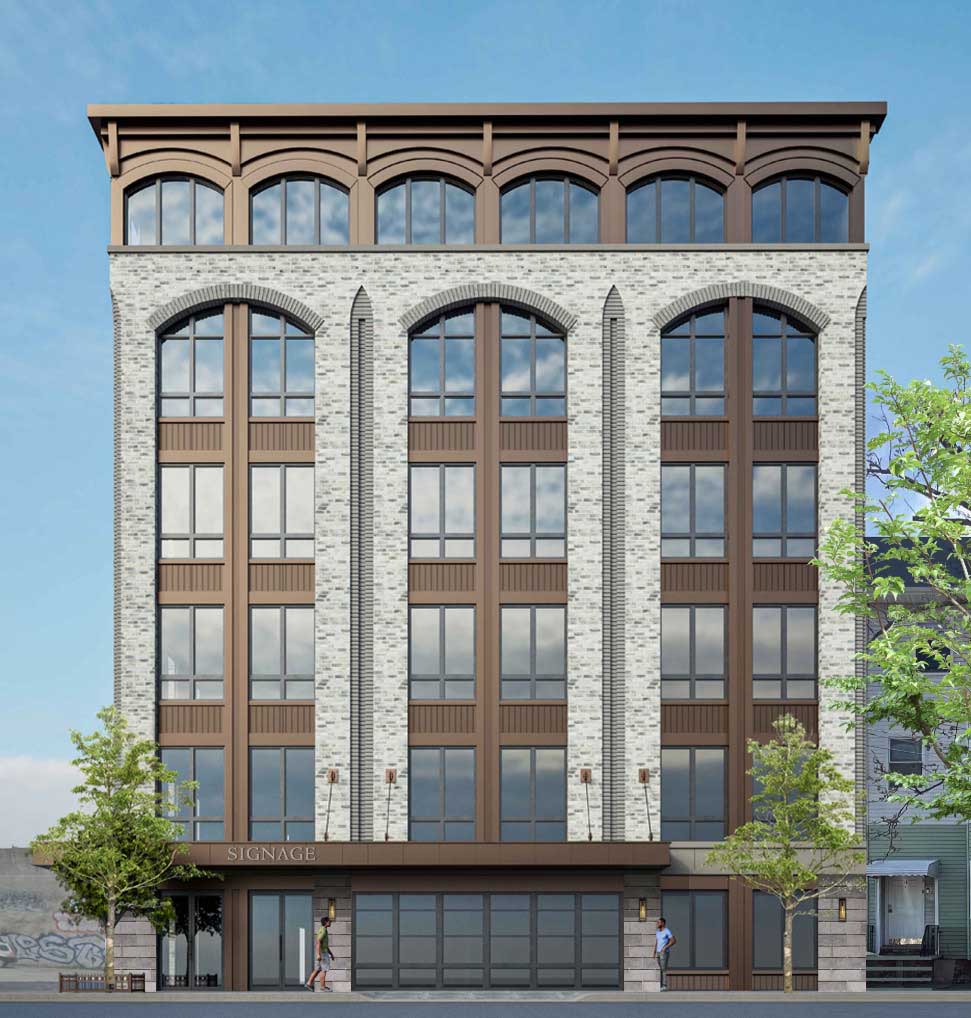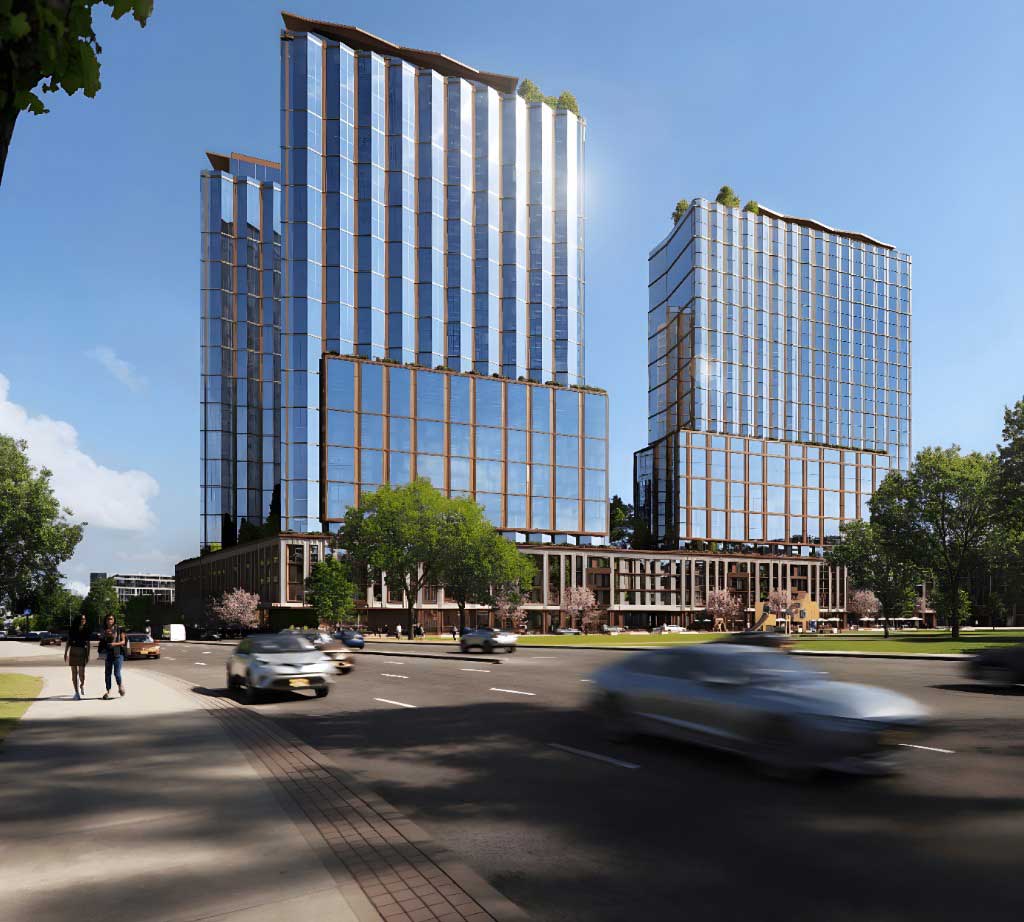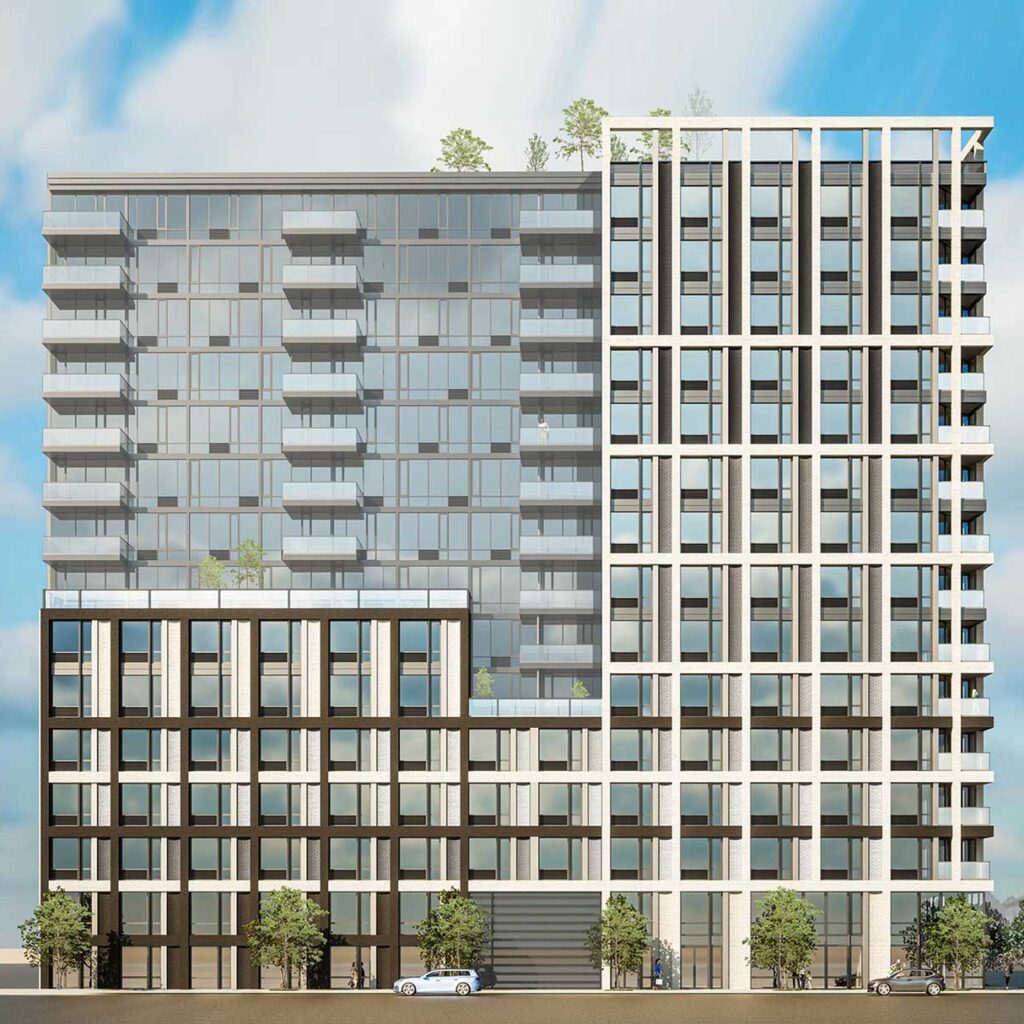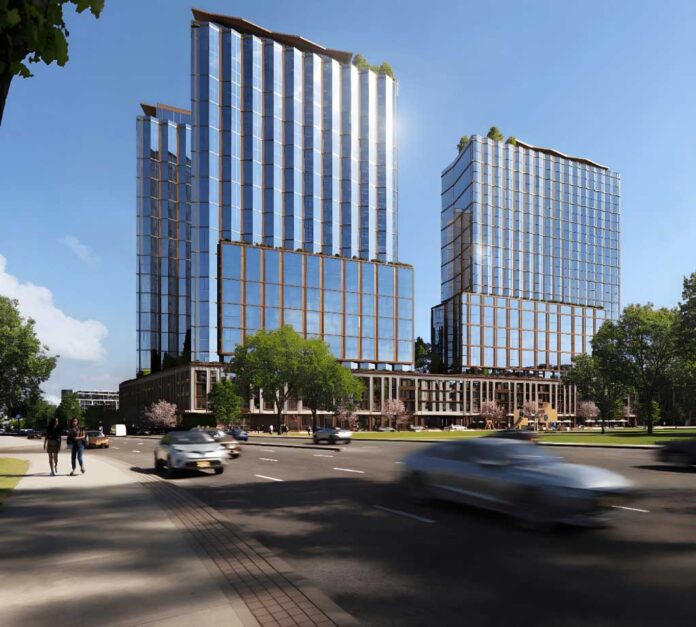New Jersey’s real estate market is entering a pivotal phase in November 2025, moving toward a more balanced environment where buyers have increased options, price growth is moderating, and commercial development continues to shape the state’s urban and suburban landscape. Both residential and commercial sectors are seeing notable activity, signaling opportunities for investors, homeowners, and commuters alike.
Residential Market Trends: Slowing Growth with More Options for Buyers
While home prices continue to rise across New Jersey, the pace of appreciation has cooled from the double-digit gains of the pandemic era. The statewide median price for a single-family home now hovers around $585,000. Experts anticipate a steadier growth trajectory of 2-4% annually through 2026, offering a more sustainable market for buyers and sellers.
Inventory levels have increased by approximately 10-11% year-over-year, providing buyers with more choices and modestly improving negotiating leverage. Despite this, the state still maintains only about three months of supply, below the 5-6 months typically required for a fully balanced market. Homes are also taking slightly longer to sell, averaging 43 days compared to 34 days last year, reducing the previously intense, rapid-offer environment.
Affordability challenges remain, particularly for first-time buyers. Mortgage rates are still elevated, averaging 6-7% for a 30-year fixed loan, and New Jersey’s high property taxes continue to weigh on monthly housing costs. Even so, buyers who can navigate these constraints are finding value in several towns offering a mix of pricing, commute convenience, and amenities.
Commercial Development: Industrial, Multifamily, and Retail Growth
New Jersey’s commercial sector remains vibrant, with industrial and multifamily residential properties leading demand. E-commerce logistics continue to drive warehouse construction, while multifamily development addresses the ongoing need for housing. Recent projects highlight the market’s momentum: a $50 million construction loan was secured for a 240-unit rental project in Delran, a 75,000-square-foot industrial warehouse is under construction in Irvington, and office-to-affordable housing conversions are underway in Hackensack.
Retail properties, particularly open-air centers, are experiencing low vacancy rates, with successful redevelopments blending retail, dining, and service offerings to meet community needs. These trends indicate a strategic focus on mixed-use development that strengthens neighborhood vibrancy and supports local economies.
Legislative Shifts and Affordable Housing Initiatives
Policy changes are influencing the market as well. A tiered mansion tax, with rates up to 3.5%, is now the seller’s responsibility on high-value properties, altering transaction dynamics. In addition, there is ongoing emphasis on affordable housing, with developers and municipalities encouraged to collaborate on creating 60,000-80,000 units to meet growing demand across the state.
Architectural Innovation: MVMK’s Tribeca-Inspired Project in Newark
Hoboken-based architecture firm MVMK is making waves in Newark with a Tribeca-inspired design at 14-16 Jefferson Street in the Ironbound neighborhood. Developer Gabriel Lopez challenged the firm to translate the aesthetic of converted Manhattan industrial lofts into a Newark context. The resulting design features historic arches, a mix of brick and bronze finishes, and careful attention to window placement and proportion.



MVMK has a growing presence in Newark, having recently designed a 234-unit project at 238 Central Avenue for Tona Development. The Jefferson Street building will occupy a prominent location near the expanding riverfront park and proposed Mulberry Commons pedestrian bridge, improving connectivity and enhancing neighborhood appeal. These projects highlight how thoughtful design can complement ongoing urban revitalization, blending contemporary architecture with Newark’s historic fabric.
New Jersey as an Alternative for NYC Homebuyers
Rising living costs in New York City are prompting buyers to look across state lines for more affordable options. New Jersey towns such as Newark, Bayonne, Jersey City Heights, Teaneck, Hackensack, East Orange, Maplewood, and South Orange offer compelling value propositions, balancing price, commute, and lifestyle. Newark provides the most affordable entry point with a 20-30 minute NJ Transit or Amtrak commute, while towns like Maplewood and South Orange appeal to families seeking top-rated schools and suburban amenities with direct Midtown train access.
The choice of town depends on a buyer’s priorities: those seeking urban convenience and proximity to NYC’s cultural and economic hubs may prefer Jersey City or Bayonne, while suburban-minded buyers may prioritize schools, green spaces, and quieter neighborhoods in Essex or Bergen counties. Property taxes remain a key consideration, as New Jersey’s rates are among the highest in the nation, influencing total monthly housing costs.
New Jersey continues to offer a diverse real estate landscape where buyers, developers, and investors can find opportunities that meet their needs. For further insights on trends, developments, and property investment across the state, explore Explore New Jersey’s Real Estate category. The state’s evolving market, from residential moderations to innovative commercial projects, reflects a dynamic ecosystem ready for strategic growth and investment.











